World War II crypto mystery (probably) solved
Das Rilke-Kryptogramm ist ein 33-seitiger Text aus dem Zweiten Weltkrieg, der wie verschlüsselt aussieht. Dank Tobias Schrödel und einigen anderen Blog-Lesern kann ich heute die wahrscheinliche Lösung präsentieren. Leider ist sie nicht so spannend wie erhofft.
Five years ago, blog reader Karsten Hansky thankfully provided me with a puzzling document. It is a copy of the book “Rainer Maria Rilke” by Gert Buchheit. The edition in question was published in 1942 by Buchmeister Verlag in Berlin, as a “One-time special edition of the headquarters of the front bookstores Paris”.
The special thing about this copy: The owner (or whoever) has stuck over 30 slips of paper into the book, each with a presumably encrypted text written on it (I call it the “Rilke cryptogram”). Practically every free space in the book was used for this. No book text was pasted over.
The only handwritten entry is found in front of the first encrypted note:
The handwritten passage could read: “Wtm. Klaus 06531 April 1944”. The abbreviation “Wtm.” probably stands for Wachtmeister. There could be an “I” in front of “Klaus”. Presumably the book belonged to a Wachtmeister Klaus, or this impression should be given. From the “K” of “Klaus” you can tell that the note was pasted in before someone wrote the name in the book.
This is what page with the book title looks like:
More pages from the book can be seen on a page I set up for this purpose with Karsten Hansky’s help. I have also included the Rilke cryptogram in my list of encrypted books – with the number 00063. Karsten Hansky has made a statistical study of the text.
A few observations
The alphabet of the Rilke cryptogram consists of the lowercase letters from “a” to “z”, whereby the “l” was obviously replaced by the “L” to avoid confusion with the capital letter “I”. Nevertheless, in a few places, a (lowercase) “l” can be seen, which is probably due to typos. In addition, the digits from “0” to “9” as well as the umlauts “ä”, “ö” and “ü” are included.
What else stands out:
- The letters and digits used are exactly those found in the German Morse alphabet. This also contains the umlauts “ä” (- – -), “ö” (- – -) and “ü” (- – -).
- There are handwritten corrections on some pages, for example on page 5 (right in the picture). As far as I can see, however, it is not letters or numbers that are corrected here, but erroneously typed spaces.
- The slips of paper are probably hectographs. Before the advent of the photocopier, hectographs were a common way to reproduce a written document. Readers over 40 certainly remember hectographs from school, where this technique was used for practice sheets and classwork assignments. Hectographs were the method of choice for print runs ranging from about five to a few hundred copies. Below that, blue paper was more practical for duplication. The template (matrix) of a hectograph did not handle more than a few hundred copies.
The solution: exercise material
A few days ago, Tobias Schrödel called me. Readers of this blog know him as a comedy hacker, Stern TV contributor, crypto book expert and crypto postcard collector.
Tobias had noticed: Many text passages in the Rilke cryptogram (e.g. “cxsw”, “asdfghj”, or “wert”) consist of letters that are next to each other on the typewriter keyboard. This observation has also been made by several blog readers, including Narga, Mr X, and Rallinger. Tobias followed up on this idea and also discovered a few longer strings of letters lying side by side on the keyboard:
In the Rilke cryptogram, moreover, hardly any letter duplications occur. Moreover, almost every group of four contains four different letters.
Now, of course, it would be conceivable that an encryption method was used here, which works with letter combinations free of duplications, which are adjacent on a keyboard. However, such a procedure is not known to me, certainly not for the Second World War.
It would also be theoretically possible that we are dealing with a key for a one-time pad encryption. However, this would be an extremely poor key (with far too many regularities). Furthermore, I see no reason why such a key would be duplicated dozens of times by hectography. And finally, paragraph numbers or other identifiers would be helpful for such a long key list, which do not exist here.
In the end, I (like Tobias) think only one explanation for the Rilke cryptogram is plausible. Several readers (e.g. Thomas Bosbach) and also I myself have expressed this assumption several times. It is: The Rilke cryptogram served as training material for someone who learned Morse code. In my opinion this explanation answers all important questions:
- Why are the notes hectographed (i.e. probably duplicated dozens of times)? Because the exercise material was handed out to a group of people (e.g. participants in a radio operator course).
- Why does the text consist of meaningless sequences of letters? Because a radio operator usually sent encrypted data. The exercise material was intended to simulate this.
- Why do so many letter combinations occur that are next to each other on a typewriter keyboard? Because someone here has typed letters randomly on a typewriter. If no special effort is made, patterns are inevitable.
- Why are the notes stuck in a book? Because in this way the students could practice Morse code in bed, on the train, on a park bench or anywhere else without others noticing. In this way, the secrecy that was customary in the military could be maintained.
For me, the Rilke cryptogram is hereby cryptographically solved. That one can read out more from these letter sequences, I consider extremely improbable.
Open questions
Despite everything, there are still a few unanswered questions:
- Why are the letters in groups of four? Does any reader know where this practice was common during World War II? Groups of five were more common in any case.
- Where was the Morse alphabet with digits and umlauts used during World War II? Radio messages encrypted with the Enigma or other common methods did not contain digits or umlauts.
- Did the owner of the book glue in the notes on his own authority or was this a measure prescribed by the course instructor? The latter is supported by the fact that the owner of the book apparently wrote his name in the book after pasting it in. So he probably at least did not assume that he was doing something forbidden.
Perhaps these last questions can also be clarified.
If you want to add a comment, you need to add it to the German version here.
Follow @KlausSchmeh
Further reading: Als die Briten Geheimbotschaften für Kriegsgefangene im Monopoly-Spiel versteckten
Linkedin: https://www.linkedin.com/groups/13501820
Facebook: https://www.facebook.com/groups/763282653806483/

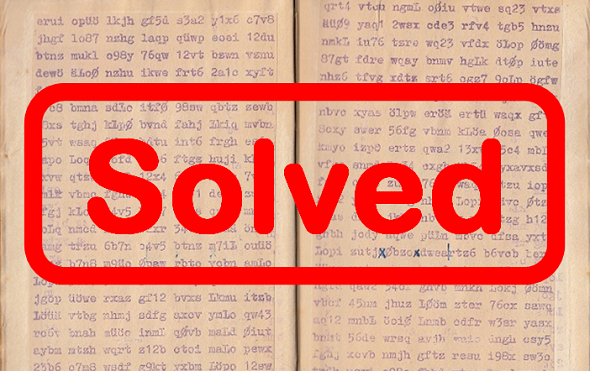
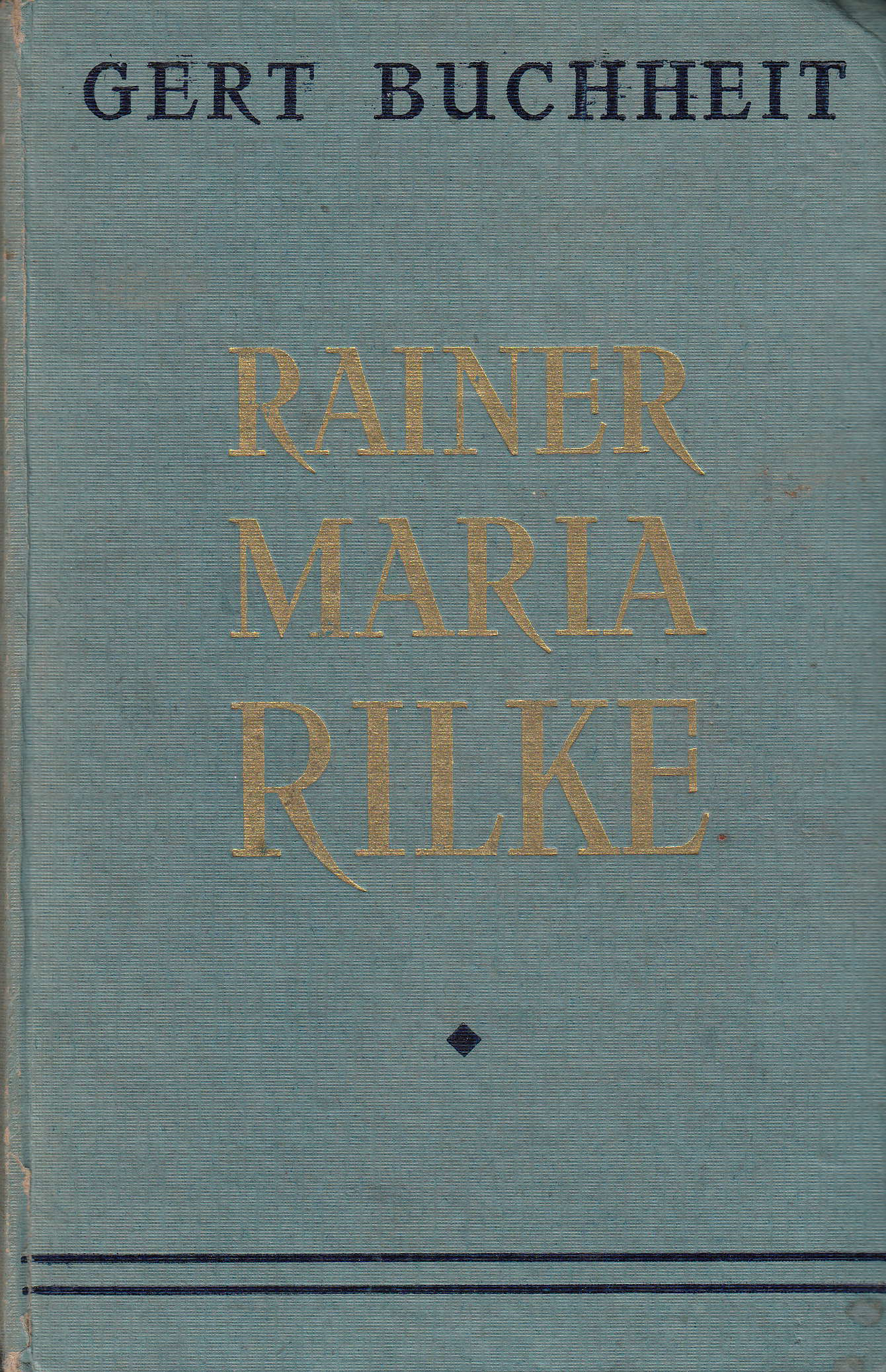
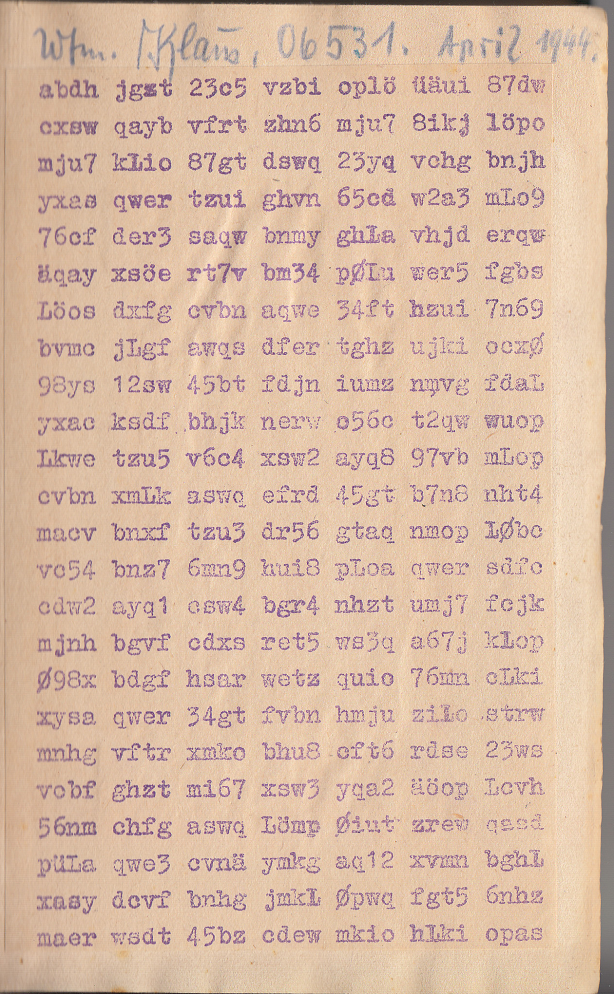
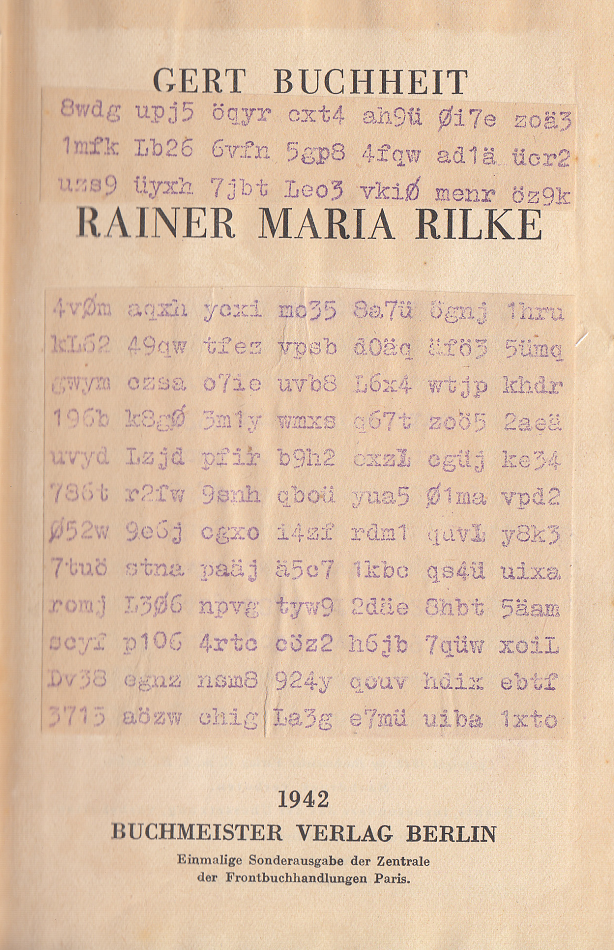
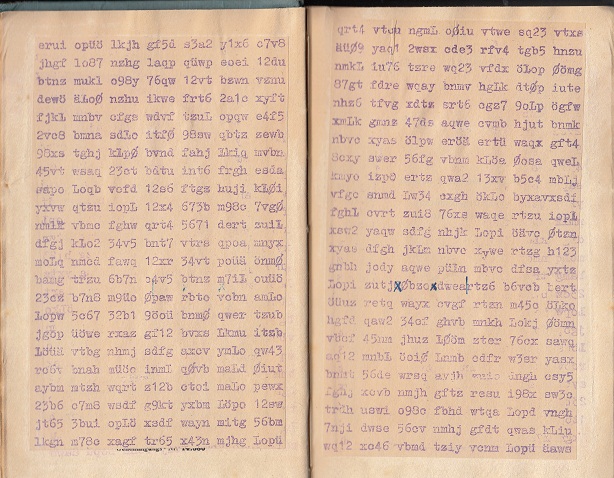
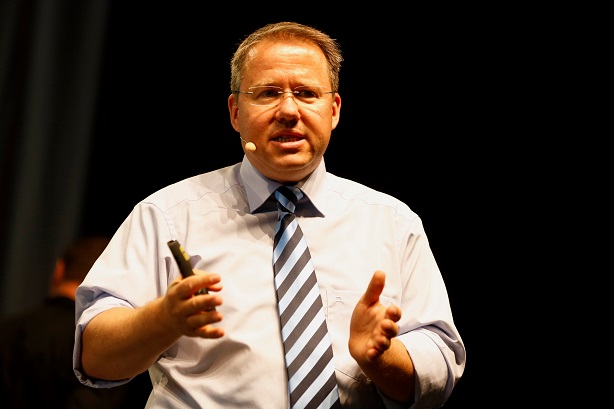


Letzte Kommentare